Michael Laube
Even/Bent
-
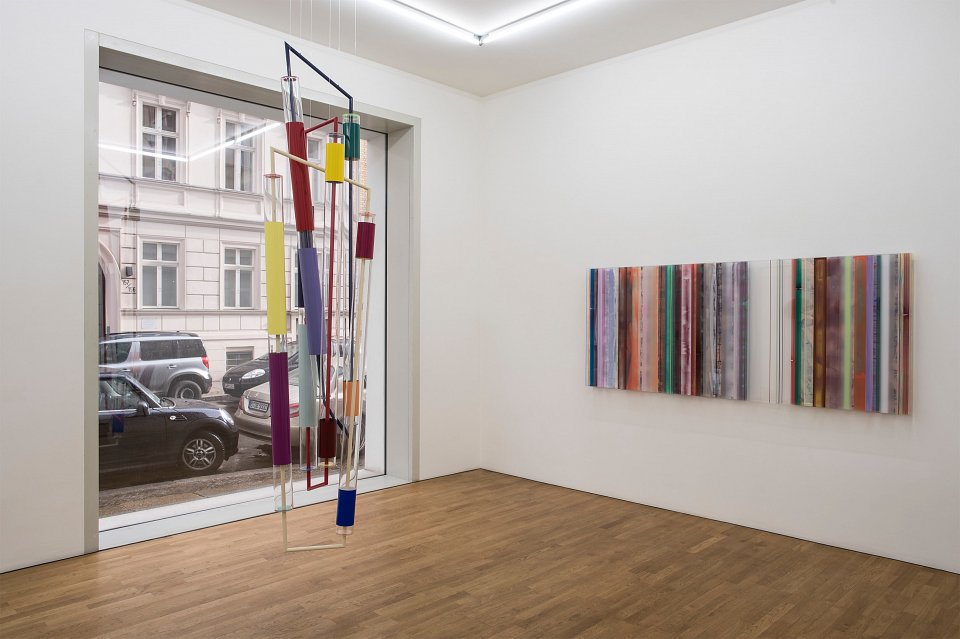
Even/Bent, installation view, Kuckei + Kuckei, 2016
-
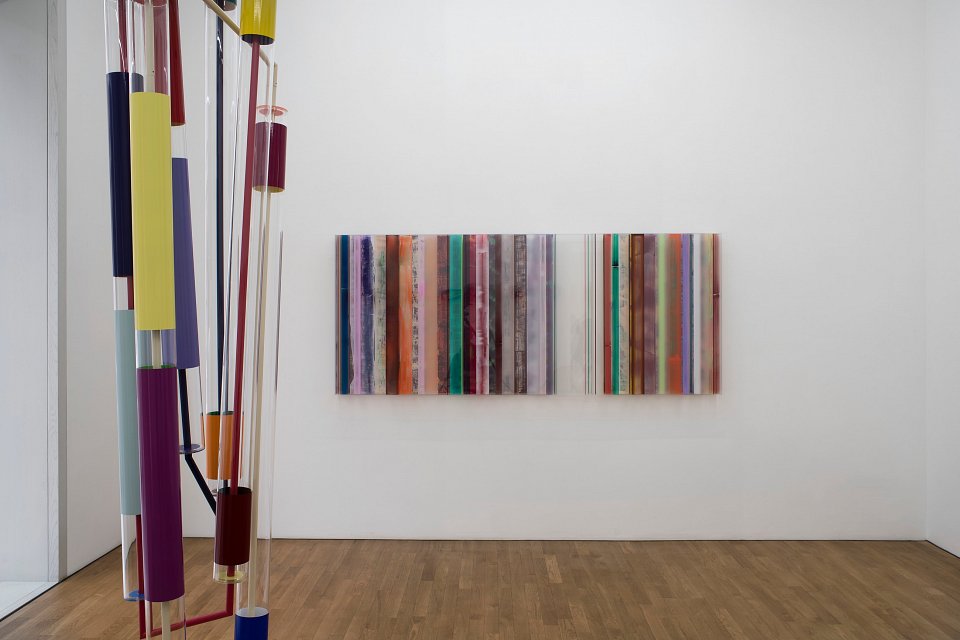
Even/Bent, installation view, Kuckei + Kuckei, 2016
-

Even/Bent, installation view, Kuckei + Kuckei, 2016
-

Even/Bent, installation view, Kuckei + Kuckei, 2016
-
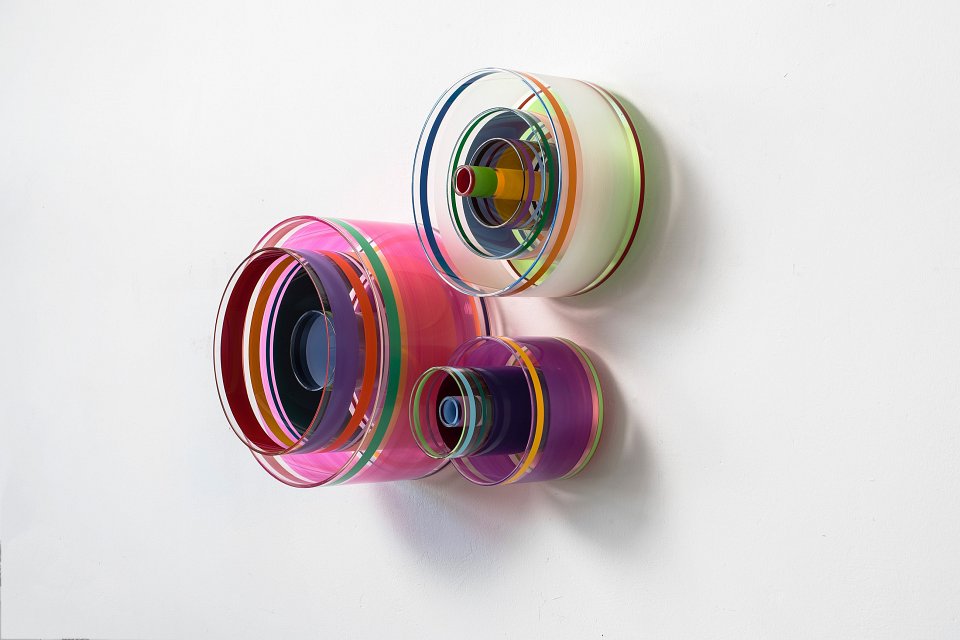
Even/Bent, installation view, Kuckei + Kuckei, 2016
-

Even/Bent, installation view, Kuckei + Kuckei, 2016
-
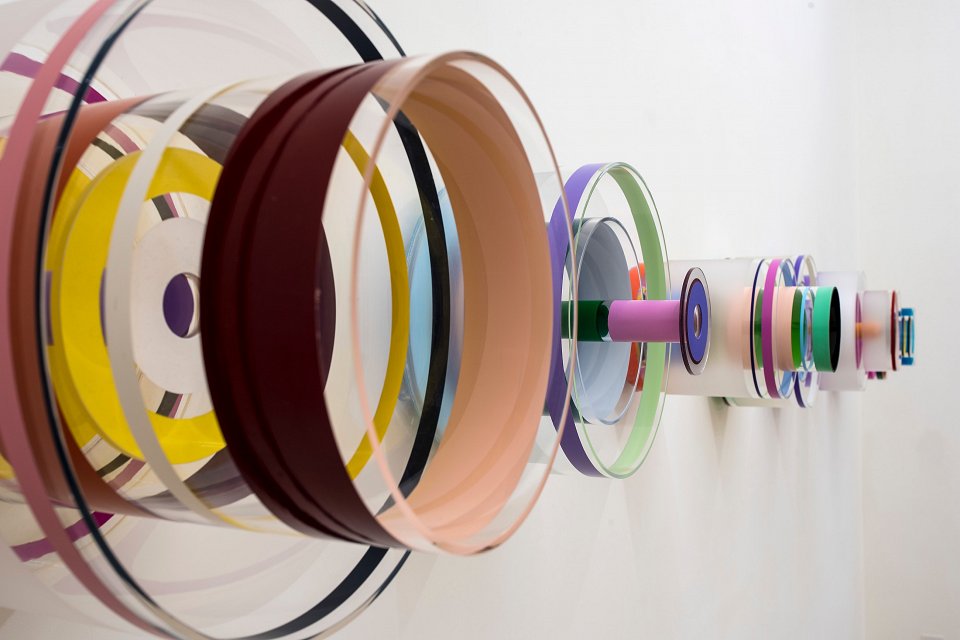
Even/Bent, installation view, Kuckei + Kuckei, 2016
-
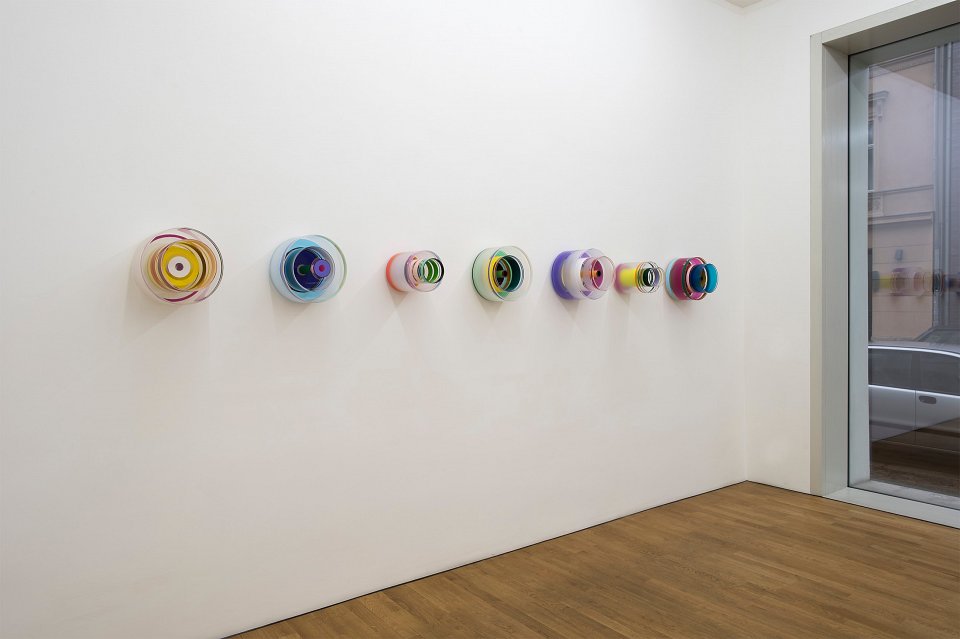
Even/Bent, installation view, Kuckei + Kuckei, 2016
-
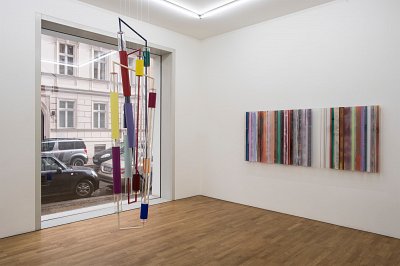
Even/Bent, installation view, Kuckei + Kuckei, 2016
-
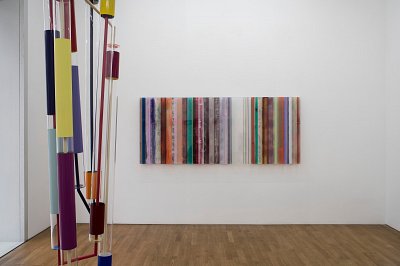
Even/Bent, installation view, Kuckei + Kuckei, 2016
-
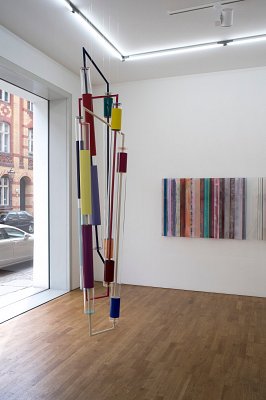
Even/Bent, installation view, Kuckei + Kuckei, 2016
-
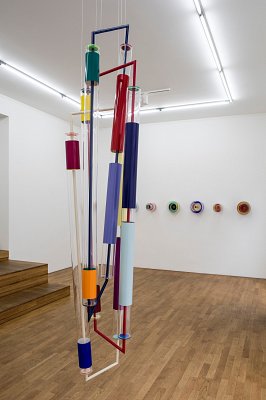
Even/Bent, installation view, Kuckei + Kuckei, 2016
-
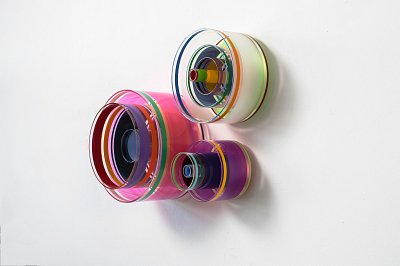
Even/Bent, installation view, Kuckei + Kuckei, 2016
-
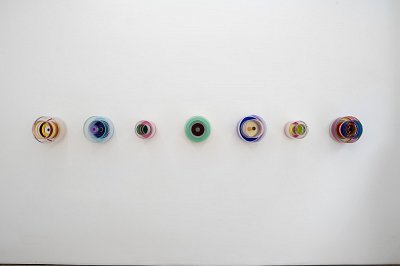
Even/Bent, installation view, Kuckei + Kuckei, 2016
-
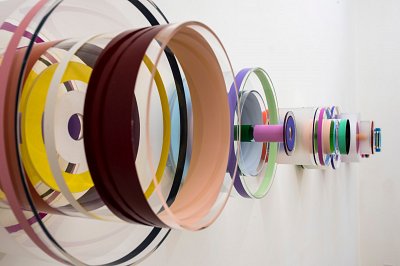
Even/Bent, installation view, Kuckei + Kuckei, 2016
-

Even/Bent, installation view, Kuckei + Kuckei, 2016
Michael Laube unites the qualities of a traditional concept of painting with a desire to dissolve the medium’s boundaries. His artistic development is based on painting in a formal, conventional sense, as far as his treatment of color, its application and its technique are concerned. Quite early on, however, he developed an ambition to go beyond this approach and extend the familiar boundaries of the painterly level to include space-time perspectives. For Michael Laube this means, above all, departing from the classical foundation of painting – the canvas – and turning to acrylic glass as his carrier medium. Emancipating the medium in this way gives him the freedom to choose more radical forms when he explores the themes of light, movement, color and space. By turning to acrylic glass, he is now able to press ahead with the dematerialization of the image carrier. At first, he proceeds hesitantly, focusing only on one position of the image carrier. Soon, however, his objects gradually become more transparent, open and permeable as he adds ever more layers, whilst always remaining true to his use of color. It is the latter which is grasped in these works and subjected to a transformation process, since color is now accessible from all sides and dematerialized in a certain sense, rendering it incorporeal, unattached and very difficult to localize concretely. Color itself becomes the main statement in these works as a part of the surrounding space, embedded in a dynamic and flexible system of forces somewhere between perception and the beholder.
One of Michael Laube’s central concerns is to transcend the external pictorial boundary and thus the distinct boundary between the image and the observer, too. In this way, he strives to open immediate intimacy and complexity to experience. The colors, with their miscellaneous arrangements, move along various levels, entering the observational space. His ambition to advance even further into this space is evident, above all, in his mural and floor installations and his site specific projects. Here, too, he succeeds in creating color-light-situations in which “in front of and behind” and “inside and outside” merge to become one.
When he paints, Michael Laube is inspired not by a conventional view influenced by things and experiences, but rather by his striving for a form of perception that is fleeting yet –being unbounded – able to absorb more perception. He frequently derives his formal design ideas from architectonic structures and, in so doing, focuses his attention, above all, on the elements penetrating them from the inside and outside. He grasps space as a dynamic construct of multifarious references to reality and modes of perception, or rather their being interlocked by a viewer.
In his works, colorful structures interact with one another in sequences of stripes and rings. In this way, works arise that avail themselves of a sound chromaticity which, to some degree, changes radically in line with the standpoint of the observer. In the process, each strip combines a concrete colorfulness displaying references of structure, gestural expression and perspective. Time and again, however, works become mixed in among them, whose more organic forms – or, as has recently been the case – whose more powerful gestural applications of paint, are held together only by isolated sequences of strips. In such instances, Michael Laube proceeds intuitively. Starting from a base layer, he adds diversely designed interim layers, creating – through such superimpositions – a volatile “In-front-of and behind”. These alignments and changes in perspective are echoed repeatedly in all his works and with them the principle of the reciprocity of being veiled and being open, which can be explained as an integral quality of being. In his artistic work, Michael Laube moves between insight and uncertainty. By so doing, he involves the observer as a key element in both his own spatial dynamics and in the constant process of the transformability of things – and thus in essential parts of his oeuvre, too.